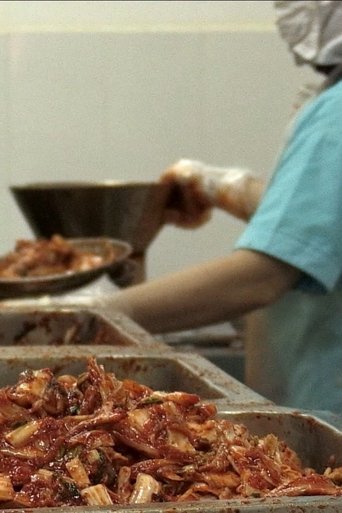
04 Nov 2016

Ho Chi Minh Kim Chi
The sights and sounds of a kimchi factory in Vietnam.
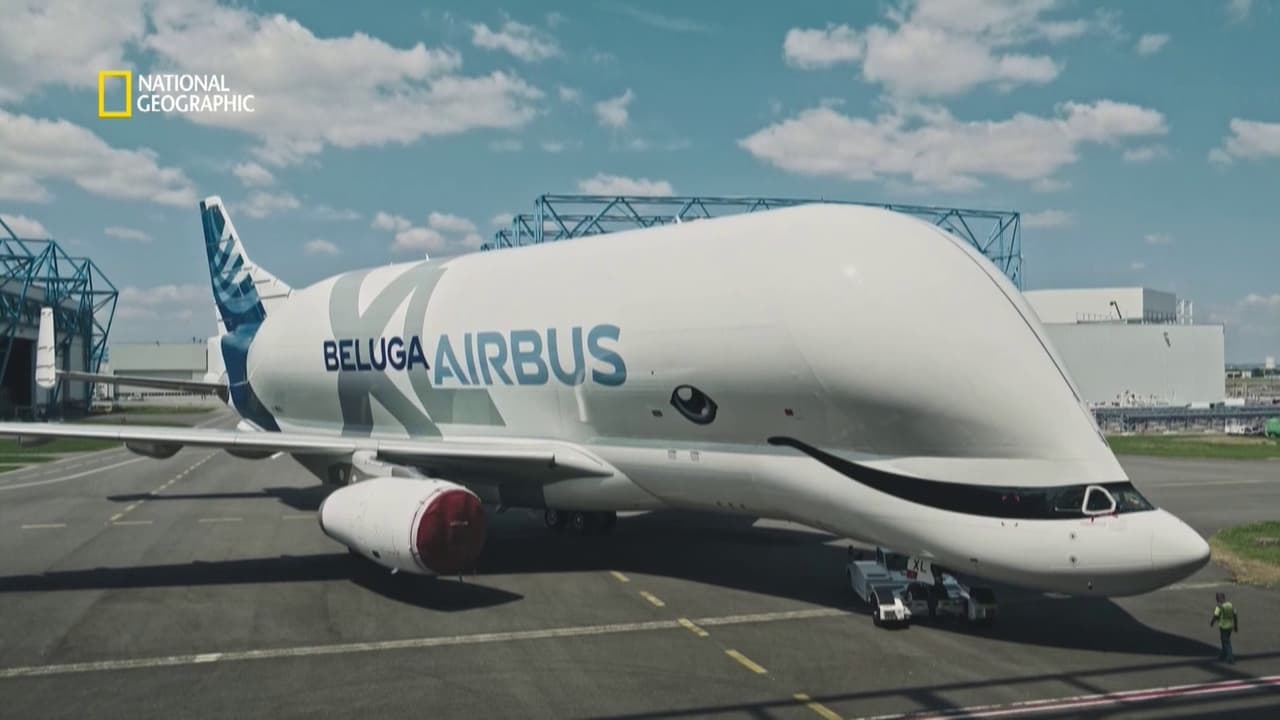

04 Nov 2016

The sights and sounds of a kimchi factory in Vietnam.
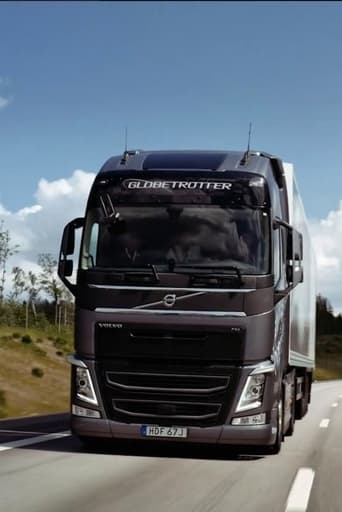
30 Nov 2019

No overview found

30 Nov 2019

No overview found

01 Jun 2020

No overview found
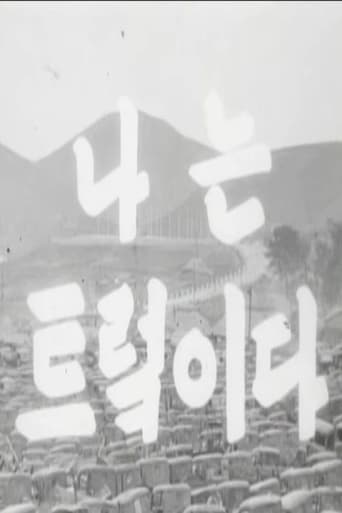
01 Jan 1953

Worldy renowned for his masterpiece The Housemaid (1960), Kim Ki-young debuts with his first short film I Am a Truck (1953), which was sponsored by UN and made a year after the armistice of the Korean War. This film is a fascinating glimpse into the mind of a soon-to-be powerful auteur and influential filmmaker in the post-war Korean cinema, if not the whole history of Korean cinema.
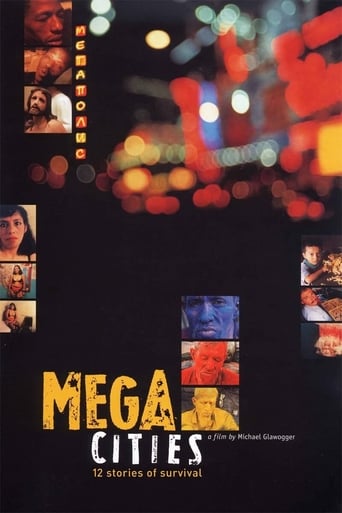
12 Aug 1998

Megacities is a documentary about the slums of five different metropolitan cities.
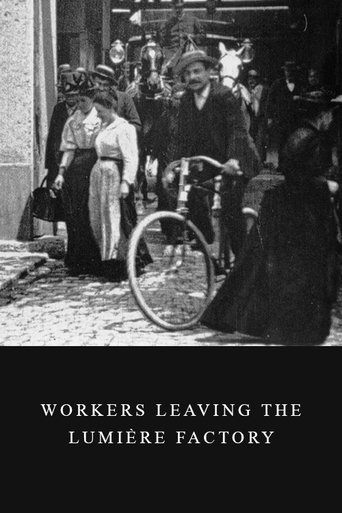
22 Mar 1895

Working men and women leave through the main gate of the Lumière factory in Lyon, France. Filmed on 22 March 1895, it is often referred to as the first real motion picture ever made, although Louis Le Prince's 1888 Roundhay Garden Scene pre-dated it by seven years. Three separate versions of this film exist, which differ from one another in numerous ways. The first version features a carriage drawn by one horse, while in the second version the carriage is drawn by two horses, and there is no carriage at all in the third version. The clothing style is also different between the three versions, demonstrating the different seasons in which each was filmed. This film was made in the 35 mm format with an aspect ratio of 1.33:1, and at a speed of 16 frames per second. At that rate, the 17 meters of film length provided a duration of 46 seconds, holding a total of 800 frames.

12 Jul 2020

No overview found
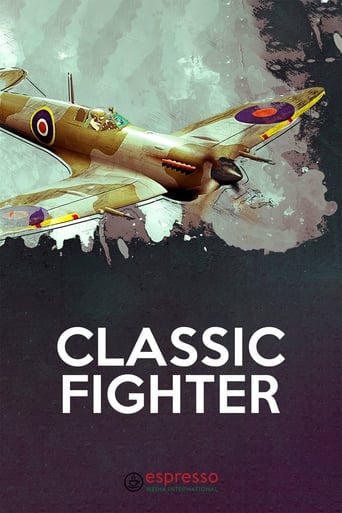

Classic Fighter – the story of the great piston-engined fighters of World War Two. A tribute to the men who flew them, and to the men and women who guided them and kept them in the air. Made in conjunction with the Imperial War Museum, Duxford, this programme tells the story of these great war planes. Stunning air-to-air flying sequences are intercut with interviews with pilots and aircrew of the British and American air forces. Some of the fighter aircraft featured are the Supermarine Spitfire, the Hawker Hurricane, the Messerschmitt Bf109, the P-47 Thunderbolt and the P-51 Mustang.

27 Sep 2008

As a decades-old state-run aeronautics munitions factory in downtown Chengdu, China is being torn down for the construction of the titular luxury apartment complex, director Jia Zhangke interviews various people affiliated with it about their experiences.
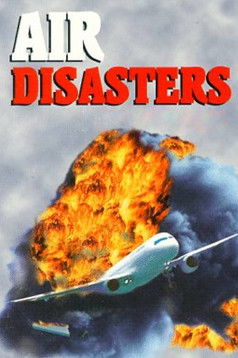
01 Jan 1996

Air Disasters exposes some painful truths behind the world of flight, using actual footage of real incidents to look at why planes crash; in aerodynamic and technical terms and in the way the industry is run.
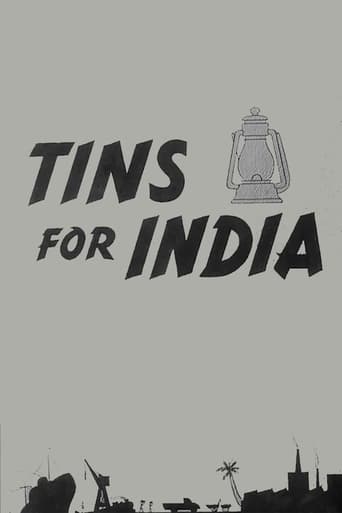
01 Jan 1941

The manufacture of kerosene tins in an Indian factory.
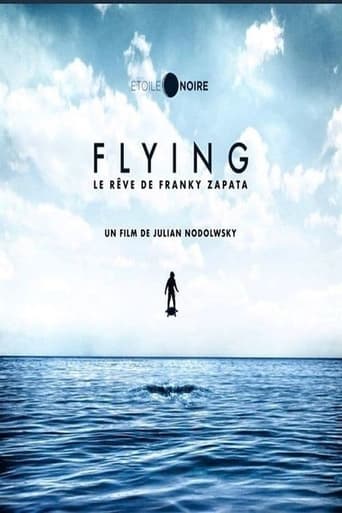
29 Mar 2020

No overview found

12 Feb 2022

No overview found
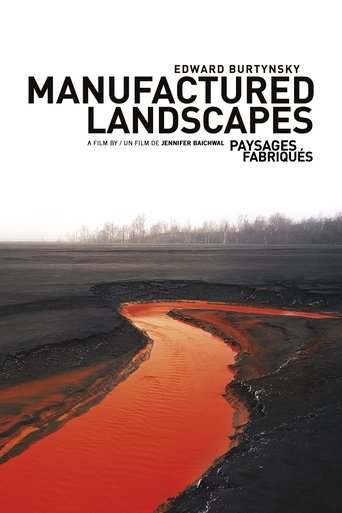
09 Sep 2006

MANUFACTURED LANDSCAPES is the striking new documentary on the world and work of renowned artist Edward Burtynsky. Internationally acclaimed for his large-scale photographs of “manufactured landscapes”—quarries, recycling yards, factories, mines and dams—Burtynsky creates stunningly beautiful art from civilization’s materials and debris.
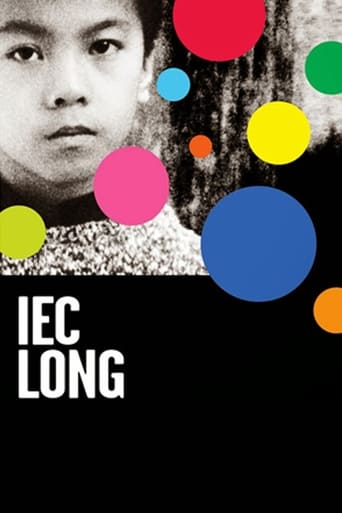
20 Mar 2015

The word panchão was first heard in Macao. From the Chinese pan-tcheong or pau-tcheong, dictionaries define it as a Macanese regionalism also known as China cracker. Who inhabits the ancient IEC Long firecracker factory?


Mike Brewer sets off on a journey of discovery to find out the story of one of the most remarkable aircraft in the British Armed Forces: a Chinook helicopter code named Bravo November. By doing so he examines the invaluable contribution that these helicopters have made to campaigns from the Falklands War to modern day British Military service over the past thirty years.

01 Nov 2002

This time High Performance Imports visits Ebisu Circuit for the draft matsuri, tours the Veilside factory and attends some drag meetings.


No overview found
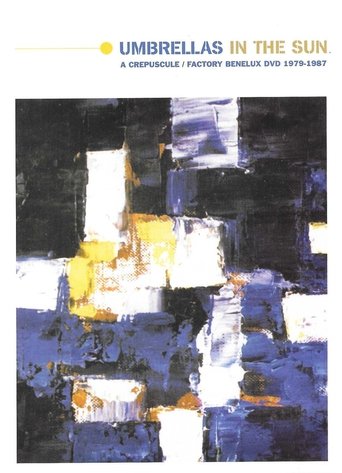
01 Jul 2005

Umbrellas in the Sun takes its title from the 1981 video compilation of the same name released by chic Belgian label Les Disques du Crépuscule (TWI 099), and features selected clips from that project, as well as footage from A Factory Video (Fact 56), A Factory Complication (FBN 7) and A Factory Outing (Fact 71). Plus previously unseen material - the definitive genre document! Featuring cover art by Crépuscule design director Benoît Hennebert, the DVD contains 23 clips filmed between 1979 and 1987 and runs for over 2 hours. The audio soundtracks have been digitally remastered. The disc is Region 0 (multi-region), NTSC format.